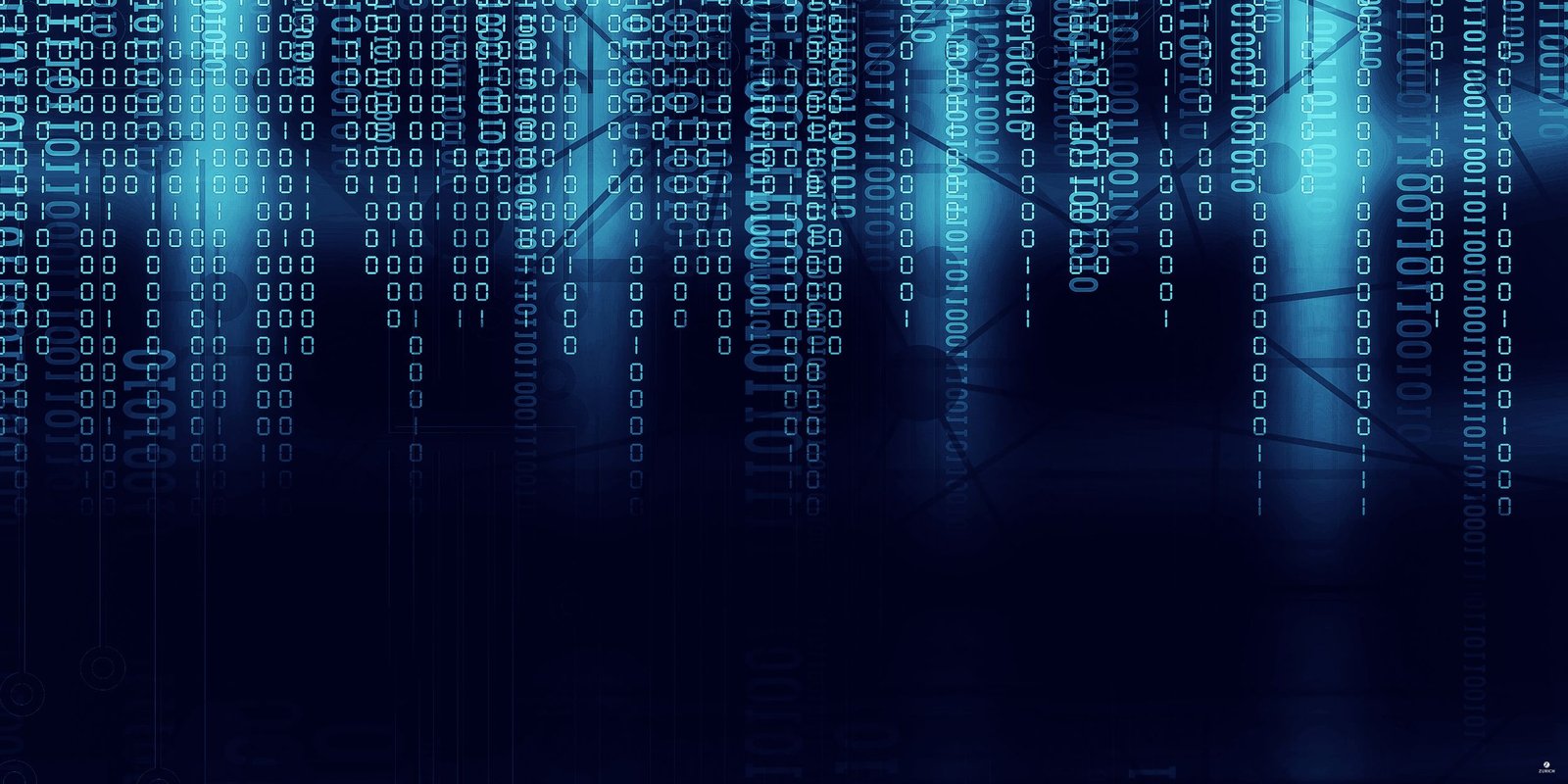Strengthening the Cyber Resilience of Nordic Businesses in 2025
ArticleMarch 27, 2025
The cybersecurity posture of every organization is at risk, and 2025 is likely to test the strength and resilience of data and technology systems to the fullest. In the meantime, the industry is struggling to simplify. New terminology is introduced every year, and the names of these technologies are often not mutually exclusive: ask ten cybersecurity professionals what XDR is, and you will most likely get at least five different responses. In this article, Zurich’s cybersecurity expert Olav van Raath shares his views on today’s challenges to building resilience in a pragmatic way.
Today, we are operating in an ever-more hyperconnected world, where data omnipotence is critical to enabling the digital experiences that we have come to expect. The digitalization and expanded attack surface that come with this development create new challenges to being cyber resilient.
Additionally, the number of supply chain-related incidents has increased immensely, making us more aware of our dependencies on suppliers. Regulatory changes are on the agenda and require additional verification.
In the meantime, the geopolitical landscape is changing, especially in the Nordics. This makes us more aware of our vulnerabilities. It also requires businesses to prepare for more advanced (state) actors, which necessitates more depth in their cyber maturity.
In this changing arena, business continuity remains essential for organizations, and operational disruption is something no enterprise wants to experience. Cyber resilience is the key to surviving and thriving in today’s volatile cybersecurity landscape.
Focus areas for cyber resilience in 2025
1. Develop threat scenarios - To achieve cyber resilience, it is essential to gain a comprehensive and holistic view of the threat scenarios most relevant to your sector. This will allow you to rapidly understand the scale of cyber risk your business faces.
2. Quantify cyber exposure to improve decision-making – A partner that has experience with many cyber incidents and knows the right mathematical models can create a realistic view of the financial exposure of the relevant scenarios. This will help you translate the often technology-focused world of cybersecurity to top management. Loss quantification models are great tools to move beyond internal debates and discussions and turn risk into eye-opening financial risk numbers.
3. Detect incidents as soon as possible – Early detection is crucial in mitigating the damage and responding effectively to threats. The developments in detection and response capabilities have quickly evolved from a SIEM with basic logic to advanced behavioural analytics closer to the endpoints. The new set-up has made it easier to take the first step in implementing a detect & respond solution. If you don’t have anything in place, start with a managed EDR solution.
4. Prepare and test your response – You can’t predict how it feels to have a major cybersecurity incident in your organization. The pressure that comes with it is much easier to cope with if you have made crucial decisions on how to collaborate and communicate beforehand. It also helps to have a partner on standby that knows your organization and your infrastructure and can help with the first triage. They can support with specialized expertise in identifying root causes, organizational communication, and in interacting with authorities (should this be required).
5. Strengthen your Operational Technology (OT) – The geopolitical developments require more cyber maturity when it comes down to critical infrastructure, especially in the Nordics. Operational technology differs from IT with longer lifespans and a traditionally less connected nature. The latter is changing to leverage the commercial gains from a shorter time-to-market. OT security testing as well as OT monitoring are needed to be resilient to OT related threats.
A pragmatic approach to minimize cybersecurity risk
Technology has a role in the countermeasures proposed. However, all the measures are also about people and processes. The cybersecurity community should focus less on fancy terminology and instead contribute to reducing your cyber risk.
For more information on how Zurich can help protect your business against cyber threats, please contact Olav van Raath, Nordic Head of Cyber Resilience Solutions.
